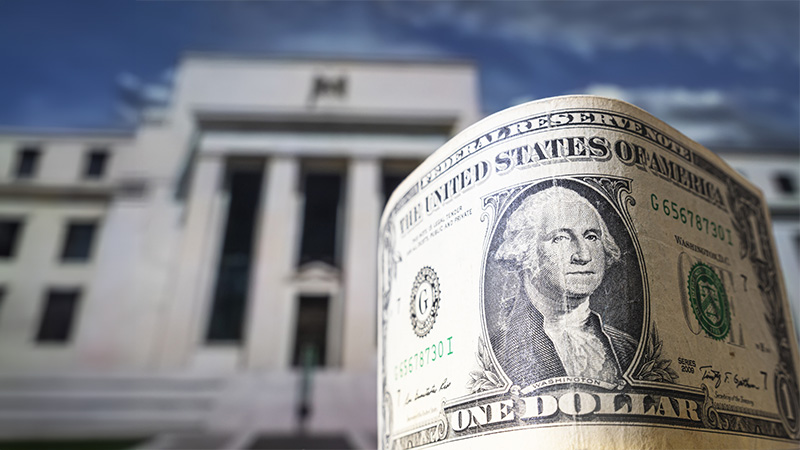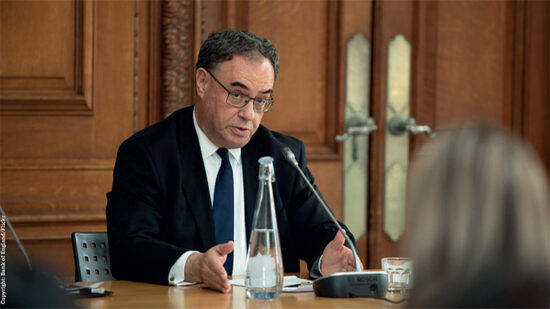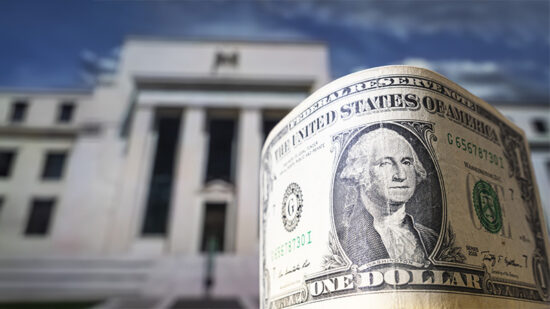The US Federal Reserve has held rates at its May meeting amid concerns over the economic fallout of President Donald Trump’s tariffs, and risks of stagflation.
Despite pressure from Trump to cut borrowing costs, the Fed said interest rates would be unchanged at 4.3% for the third month in a row. Chair Jerome Powell expressed concerns around Trump’s proposed tariffs, which he said had created “so much uncertainty” and added “it’s really not at all clear what it is we should do”.
See also: US economy contracts 0.3% as companies race to beat tariffs
If the tariff policies remained in place they were likely “to generate a rise in inflation, a slowdown in economic growth, and an increase in unemployment”, Powell warned. Trump announced last month raised import taxes on goods on countries around the world with China facing a tariff of 145% putting equity markets into freefall and causing uproar around the world.
Rates being unchanged was widely expected by markets and economists with Garry White, chief investment commentator at Charles Stanley, commenting: “The Fed made the right decision leaving interest rates unchanged until it has more clarity on the impact of the president’s trade policy on the US economy. The Fed had no reason to cut. Recent data from the US economy has been good, underlined by a recent solid jobs report. Without a major fall in jobs growth there is no urgency for a rate cut until tariff’s impact on inflation is clearer.”
Lindsay James, investment strategist at Quilter, added so far the US labour market has been holding up better than many expected with the recent labour market report showing a healthy 177,000 jobs were added in April, while unemployment remains at 4.2%.
“The Fed, however, expects unemployment to rise too, making its task incredibly tricky and increases the risk of policy misstep. Unfortunately for the president, that means Jerome Powell and the FOMC will likely act cautiously.
See also: ii: Money market fund purchases up 77% in April as investors flock to safety
“The Fed is keen to stress the potential for higher inflation as a result of the president’s policies and thus rate cuts cannot be expected by the market until late July at the earliest.”
More clarity may emerge by 8 July, which is the end of the 90-day negotiating window, when it should be clear to what degree reciprocal tariffs could be reintroduced, cancelled, or further paused, leaving a 10% baseline tariff and sector specific tariffs, Stewart explained.
“The conditions are ripe for markets to be buffeted for a while longer as you have the threat of rising inflation and unemployment during weakening economic growth. The Fed is in for a tough few months to come as a result.”
This story was written by our sister title, Portfolio Adviser








